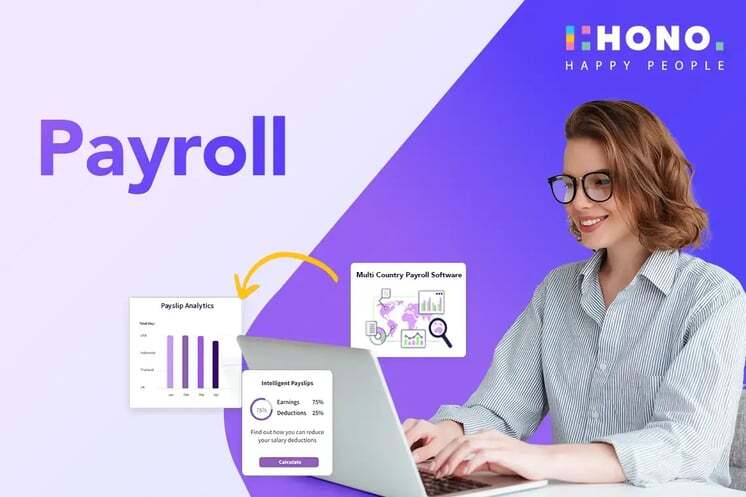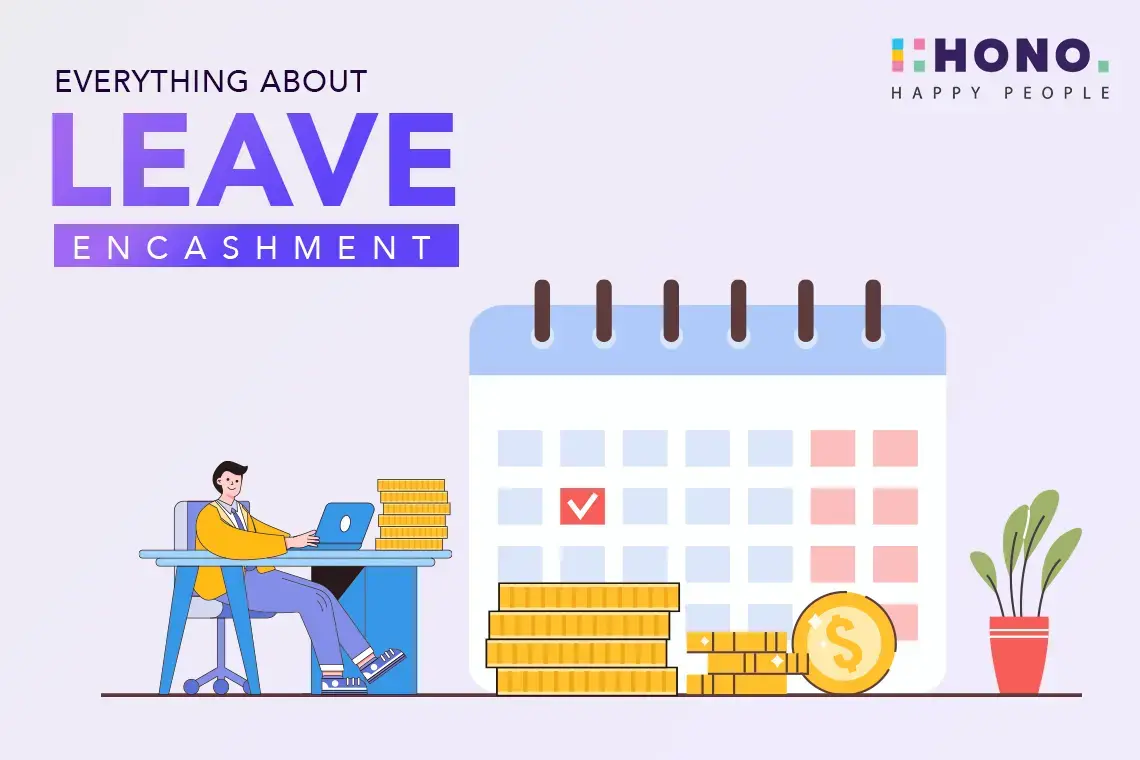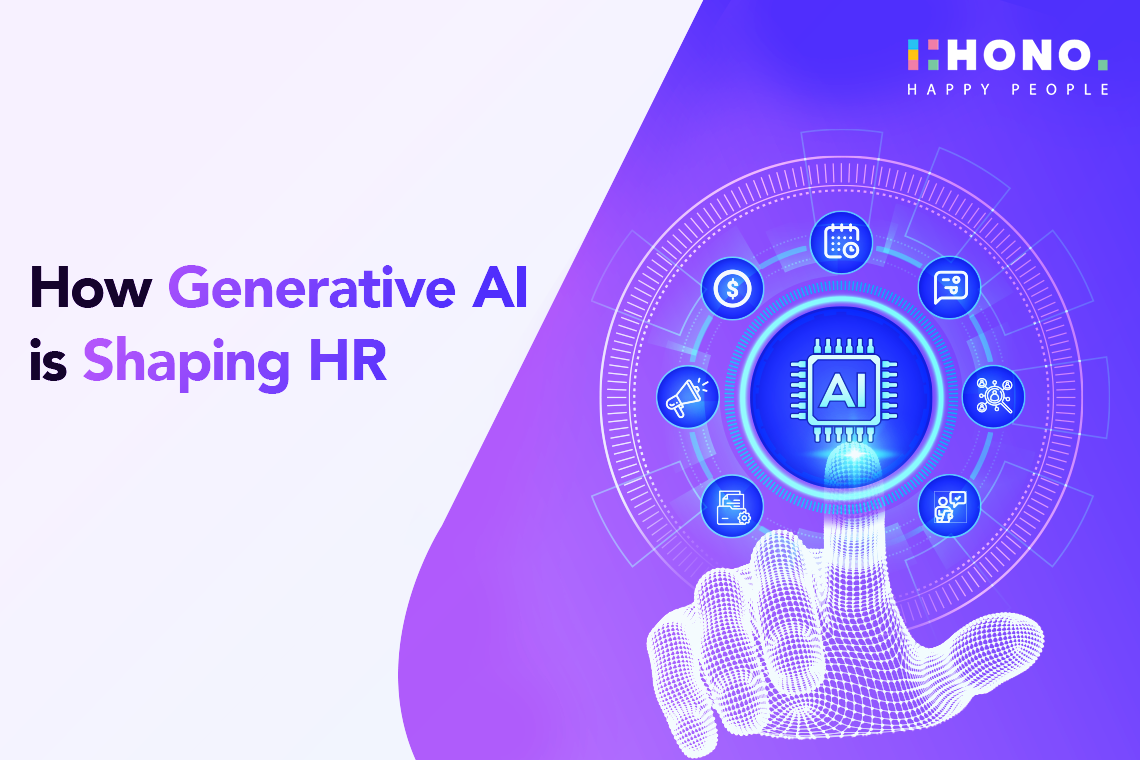Transforming HR Processes: How to Enable Chatbot for Employee Engagement
8 mins

Why is employee engagement crucial can be found by taking a look at these stats.
As per a research,
Only 36% of Employees Are Engaged in the Workplace.
A Highly-Engaged Workforce Increases Profitability by 21%.
Employee Disengagement Costs the U.S. Economy $450-550 Billion Every Year
Gartner has predicted that by 2023, 75 percent of HR inquiries will be initiated through conversational AI platforms.
A chatbot for employee engagement can assist organizations in better connecting with their employees. Bots can keep workers up to date on current organizational changes, collect feedback, and manage numerous aspects of an employee's lifecycle.
Also Read: How Does Employee Engagement Affect Business Results?
Benefits of HR Chatbots for Employee Engagement
Chatbots for employee engagement improve operational efficiency by doing mundane, time-consuming tasks like applicant screening and data entry so that humans may focus on more value-added activities.
High availability – chatbots can answer nearly all employee queries about corporate policy, work obligations, and other topics, 24 hours a day, seven days a week. Complex queries are immediately forwarded to HR executives.
Employee engagement chatbots empower individuals from wasting time scanning massive volumes of corporate data or logging into various management systems only to obtain information that's relevant to their function. Chatbots can act as a single point of contact for workers, directing them to the most relevant resources.
Employee engagement chatbots are able to reply in real-time to numerous users at once, facilitating natural discussions.
There is a greater return on investment (ROI) since HR automation lessens operational inefficiencies and boosts output on higher-value jobs.
Conversations, inquiries, and comments from workers are collected and analyzed by chatbots used in human resources. This gives HR a sense of their strengths and opportunities for development.
Customized training and education programs – employees are more invested in their work when they can see their own progress toward professional growth. In the role of a virtual mentor, chatbots may help employees create a customized strategy to advance their careers.
Recommendations tailored to you – chatbots may advise you on everything from joining a social club to keeping up with your health and fitness goals through the use of fitness trackers and other health-related apps.
Costs are reduced because automation takes over some of the duties previously performed by corporate help desks and IT maintenance. As a result, less effort will be put into maintaining certain places.
Relevant: Employee Engagement Explained: Understanding its Importance in the Workplace
Factors Affecting Employee Engagement
Work Environment: A positive work environment can be a defining factor in ensuring the level of employee engagement in an organization. Organizations must foster a positive work culture to ensure a higher retention rate and reduced burnout at the workplace.
Job Role and Tasks: Employees who feel their job roles and tasks are significant from an organization's growth perspective find themselves more engaged with company values and contribute better compared to others.
Career Growth: Opportunities for learning, development, and advancement can significantly impact employees' commitment to the organization. Therefore, organizations must invest in employees' career growth by providing learning and development or upskilling opportunities.
Recognition and Rewards: An employee who is recognized performs better than an underperforming employee. Regular acknowledgment of employees' contributions and fair compensation play a crucial role in boosting engagement.
Communication: Transparent and open communication channels using chatbots of employee engagement build understanding of organizational goals and the role of employees in achieving them. Organizations must provide the necessary forums in the form of surveys, feedback, and other activities so employees can actively talk about what’s wrong and what needs to be improved.
Work-Life Balance: Work-life balance is a major factor that has a critical influence on employee morale and productivity. If an employee gets to have a personal life after the balanced working hours, there will be no more Monday blues or Friday excitement. Every day will be an interesting day to start for the employee. A supportive approach to work-life balance helps employees manage their responsibilities and maintain a healthy engagement level.
Employee Well-being: Health and wellness programs, as well as a focus on mental and physical well-being, contribute to a more engaged workforce. Companies that have better employee well-being plans such as health insurance, and other benefits tend to witness a happier workforce.
Autonomy and Empowerment: Micromanagement has never done any good in workplaces and it has always been a negative aspect in the employee engagement process. Trust is an important aspect that employees and employers need to have for each other. Allowing employees to make decisions and have a say in their work can boost their sense of ownership and engagement.
Feedback and Performance Management: Regular feedback, constructive performance evaluations, and opportunities for growth contribute to engagement.
Job Security: An employee who has the constant feeling of layoff or reduced job stability will have lower morale and reduced productivity. Therefore, a sense of stability and confidence in job security can positively affect engagement levels.
There are many more employee engagement factors that can affect companies’ growth. But, the most important ones are listed above. It is critical companies lay out their success pathway on the above benchmark and keep an eye on employee engagement before taking any critical decisions.
Relevant: How to Drive Employee Engagement and Productivity with Real-Time Informative AI-driven nudges
Myths vs. Reality on Employee Engagement Chatbots
Despite the fact that many forward-thinking organizations have already embraced AI-enabled chatbots for employee engagement, some are hesitant to make changes due to the following myths:
Myths
Human workers will be replaced by chatbots
Chatbots do not comprehend the context
Chatbots are devoid of empathy
Chatbots are a costly tool
Reality
In reality, AI-enabled chatbots collaborate with people by automating frequent and repetitive chores that consume productive, working hours. As a result, conversational AI chatbot will never be able to replace humans. Instead, they balance each other out.
HR chatbots use AI and NLP technology to recognize emotions as naturally as humans. They can manage user intent and give tailored contextual replies.
Important aspects to consider while implementing HR chatbots for employee engagement
Define Your Goals For Employee Engagement: Outline the precise areas of employee engagement (such as onboarding, benefits information, performance reviews, and wellness programs) that the chatbot should focus on.
Take the time to learn about your workforce's preferences, dislikes, and preferred methods of communication through surveys or focus groups. Modify the chatbot's settings and capabilities to accommodate these requirements.
Select the Appropriate Medium: Choose how people will be able to interact with the chatbot. This might be via a website, a messaging app, or some other means. Make sure it works with the kinds of equipment your staff often uses.
Choose an Appropriate Chatbot Platform: Pick a chatbot platform that works well with the tools at your disposal. If you want to improve your conversation skills, you should look at tools that use natural language processing (NLP) and machine learning.
Define the prerequisites: The scope of a chatbot should be defined as the set of activities and questions it will be able to answer. Make its capabilities clear to staff members so that expectations may be properly managed.
Build a Database: Make sure your chatbot has access to a database full of up-to-date information. Keep this archive current with any policy or procedure shifts.
Design a conversational flow that sounds and reads like real human speech. Program the chatbot to understand a variety of inquiry wordings that workers could use.
Prioritize data security and privacy by establishing strong encryption, access restrictions, and compliance with appropriate data protection standards.
Related: Build your Employee Experience with a Better Employee Engagement strategy
The use of an HR chatbot to increase employee participation is a giant step forward for HR in today's world. Chatbots are an attractive option for businesses that want to reduce their processes and focus more on their customers. HR chatbots equip workers with the information they want, when they require it, by delivering 24/7 availability, personalized interactions, and efficient job automation.
Chatbots for employee engagement like HONO can leverage the power of data to provide personalized replies and support thanks to their tight interaction with HRMS platforms. The result is happier, more productive workers and more time for human resources to devote to strategic endeavors. Furthermore, chatbots' feedback loops might provide useful data for bettering engagement methods over time.
Organizations that invest in HR chatbots within the framework of systems will reap the benefits of a more transparent culture, streamlined processes, and a happier workforce in the future. Successful businesses in the modern digital era will have embraced this technology because it allows them to foster an atmosphere that promotes creativity, productivity, and employee satisfaction.
Request a Demo Now!
.png?width=70&height=70&name=Team%20HONO%20logo-01%20(1).png)
Team HONO








.jpg)
